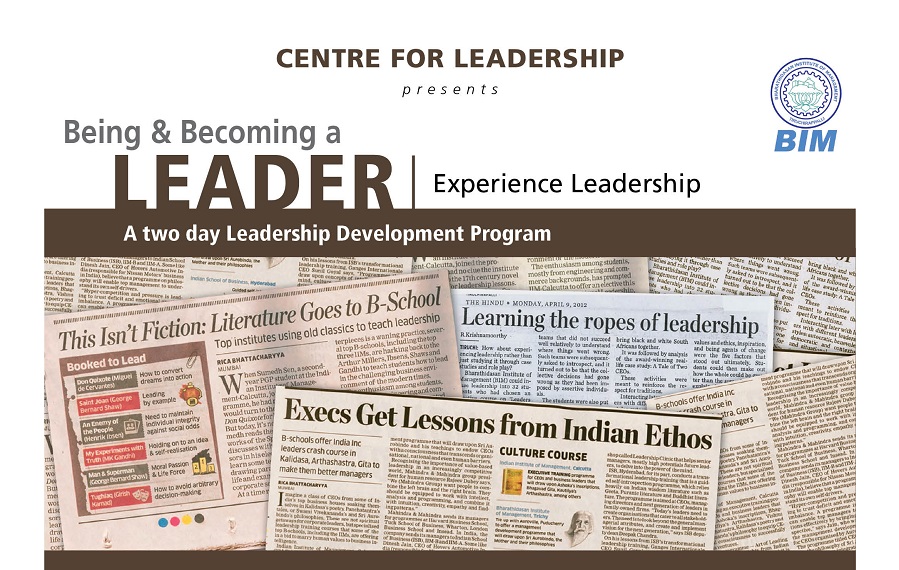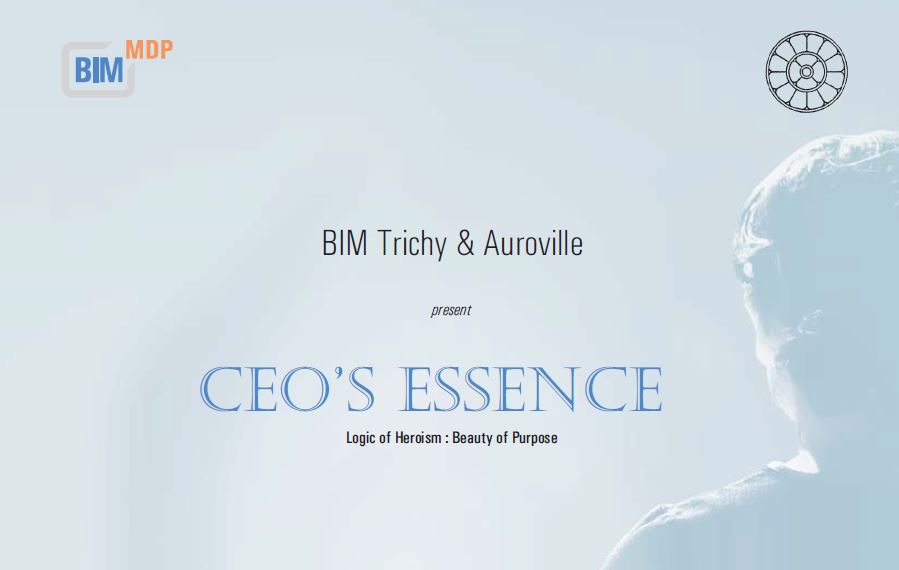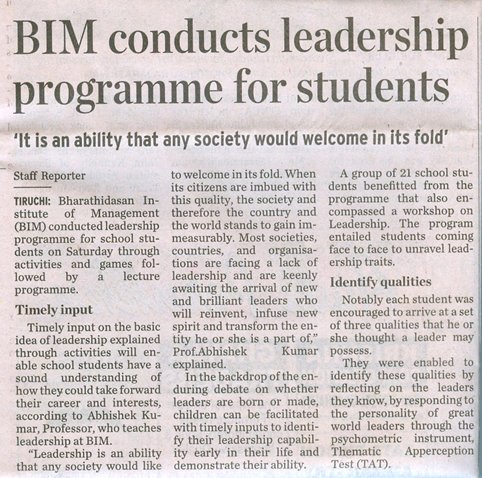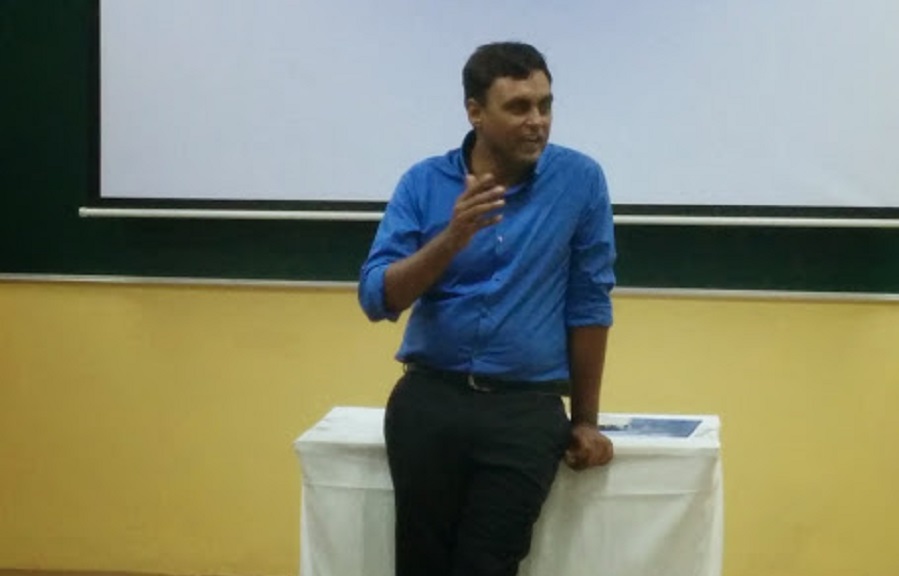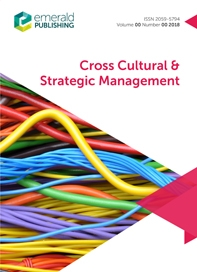Leadership Design
Leadership is art and science at the same time.
Dr. Abhishek Kumar designs leadership interventions in such a way that the individual is able to draw energy and courage from the depths of his personality, from his right and left side of the brain, from his cognitive and affective side to transform himself, his team members and his organization.
a) Leadership Development Program (Individual)
Leadership Development Program is an experiential program that seeks to facilitate a subjective and unique understanding of leadership. This program works on the premise that by reflecting on one’s experiences one can gain insights on leadership traits that is peculiarly relevant to the individual. This can pave the way and provide a direction in which the individual can move forward to become a more effective and dynamic leader. The program employs a host of methods from areas as diverse as psychology, literature, philosophy, reflection, management games, case studies, here-and-now sessions and lectures to create conditions for experiences that may lead us forward.
The program is presented in two formats of two and five days.

i) 2-day Intervention
The two-day program is for mid-level and senior-level professionals. It is a format that condenses learning and accelerates development recognizing the fact that the participants may have sufficient self-awareness that forms the foundation for learning.
ii) 5-day Intervention
The five-day program is for junior managers and executives in whom leadership potential is recognized. This program will develop in them a capability for demonstrating leadership quality in here and now. This program includes a unique 8-hour continuous experiential session on leadership.
b) Leadership Consultancy
i) Competency and People Alignment
This offering seeks to identify and align competencies that are critical and relevant to your organization’s success. It follows scientific methods for achieving the purpose and seeks to make relevant modifications in performance management system, training and development function, employee engagement methods and recruitment processes.
ii) Succession Planning
This solution is specifically focused on creating a succession plan for the organization. It recommends a three-stage succession plan of immediate, 1-year and 2-year duration. It employs strategies of ring-fencing of critical talent and identifying unique methods to cultivate and develop leadership across functions.
c) Leadership Case Studies
i) Ganges – A Temporary Institution
Psychodynamics of a group play an important part in the success or failure of projects and therefore understanding and management of feelings in a group is essential to effective management and leadership. Ganges was an ambitious and creative project that involved a group of individuals with shared interests. This paper explores feelings of seven individuals involved in the project. It elucidates how their feelings towards one another and towards the organization facilitated or hindered attainment of its objectives. It also suggests how feelings affected them in their articulated professional roles and impacted their deeply felt identities. This case study is the result of an intense exploration of feelings by every individual and as communicated to the author in a series of long and searching interviews.
Buy the Case Study with Teaching Note
Invite the author to conduct a session (2 hours) on the case study
ii) The Telegraph goes Nude
Newspaper industry is at crossroads today. While it offers news and entertainment in touch and feel format, its competition with web editions is getting stiffer by the day. The much-celebrated position of serving the cause of education by creating informed-opinion and therefore producing socially-aware citizens has been hijacked by World Wide Web. The industry has retaliated in several ways one being spicing-up its content. While this strategy may have given the industry some relief, it has put it in an unenviable position of being on the verge of losing its vaunted position of being the sentinel of values of society and its culture. This article explores this issue with the case of a popular newspaper in India, The Telegraph.
iii) A Tale of Two CEOs
A unique case study on two starkly contrasting leadership styles, one focused on execution and the other on strategy, sequentially functioning in the same organization. It dwells on the strengths and weaknesses of both the methods and affords deeper insights into the critical nature of leader’s personality in driving organizational success. The role of a CEO necessarily involves organizational development activities. They are responsible for not only delivering quarter on quarter performances but also for harnessing a culture of performance and institutionalizing processes that will sustain and improve success parameters thus enhancing the capabilities of the organization. It has been observed that apart from the decisions taken or not taken, budgets met or not met, personality of the CEOs go a long way in enabling them to perform their role.
iv) Humanistic Leadership in the Tata Group
Humanistic leadership with its emphasis on greater good of employees and communities is highly relevant to modern world. Present research is an attempt at unravelling the characteristic features of humanistic leadership in the Tata group in India, and to explicate the key facilitating factors. In-depth interviews with four top leaders of the Tata companies revealed the emphasis on the following qualities: 1) Adherence to basic core values with flexibility to add more, 2) Means take priority over the ends, 3) Familial orientation, 4) Community and employee-oriented practices, 5) Alignment with Indian cultural values. These resonated with the humanistic leadership tenets.
We also identified that in Tata leadership, there is an amalgamation of personal values (good thought, word, and deed) and national cultural ethos (dharma, karma, and jnana). These leadership values are conveyed and institutionalised in the organisation via strategic initiatives such as the Tata Business Excellence Model and Tata Code of Conduct. This synergy of personal values, national cultural ethos and organisational strategy makes Tata group realise the humanistic leadership objectives, while achieving success as a business also. By unpacking the factors that facilitate the realisation of humanistic leadership in the Tata group, we provide an exemplar for other organisations and business leaders to draw insights from.
v) True Leader in Making
While humanistic leadership is still in its infancy and seen largely as a derivative of humanistic management, it is likely to become one of the most holistic methods of elucidating the idea of leadership, says Dr Abhishek Kumar.
Leadership is one of the most studied and debated topic in human history. It is a thing of wonder that a fellow human being is elevated to a status reasonably and distinguishably above the rest. The role assigned to the rest remains to follow the leader. No wonder, Thomas Carlyle said, “Human history is nothing but the biographies of great men”. In today’s times, when everyone presents themselves as leaders, it is important to learn how to separate chaff from grain.


